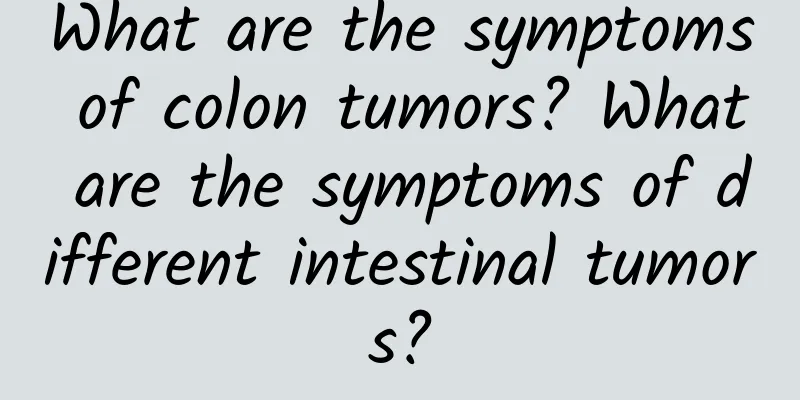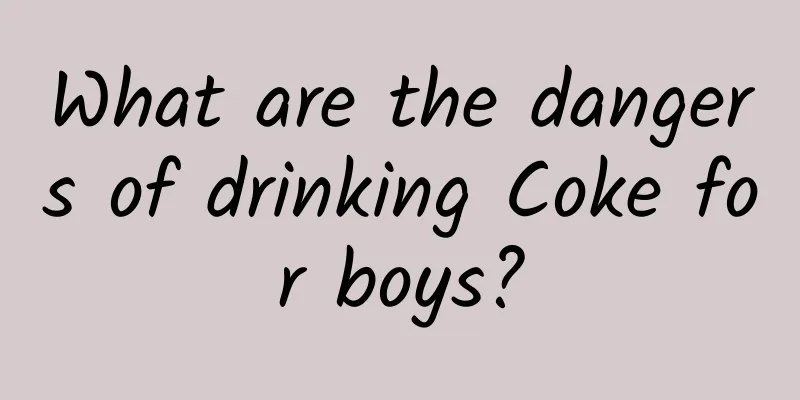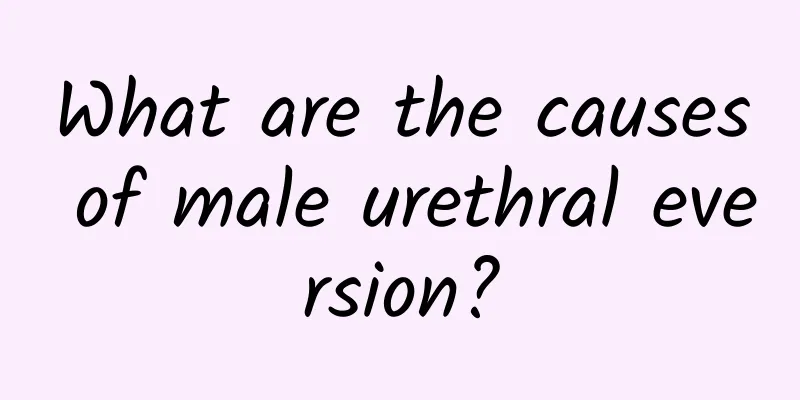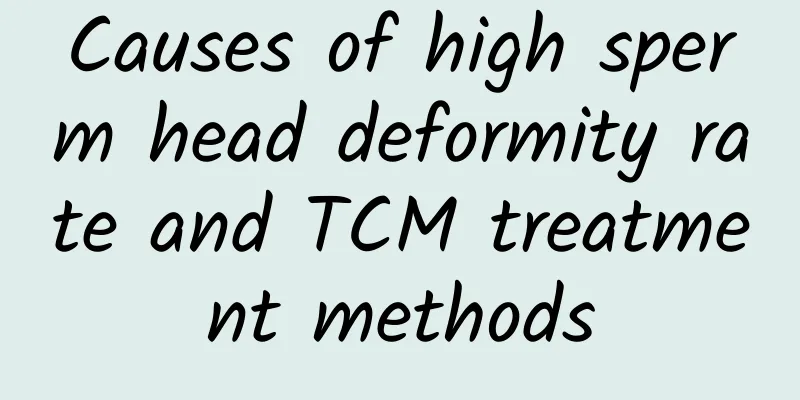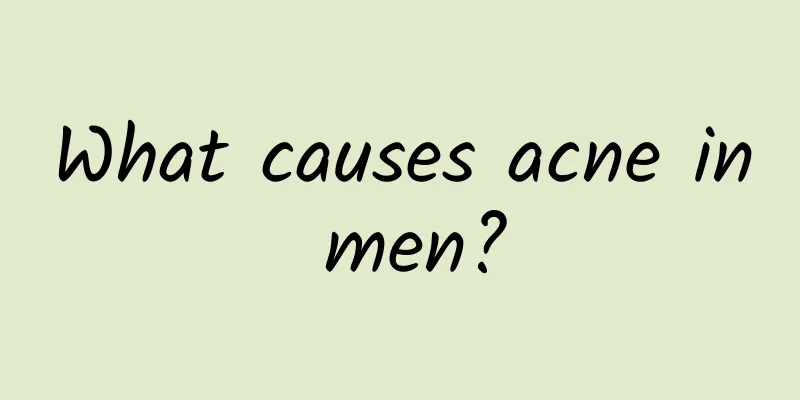Treatment of aseptic chronic prostatitis
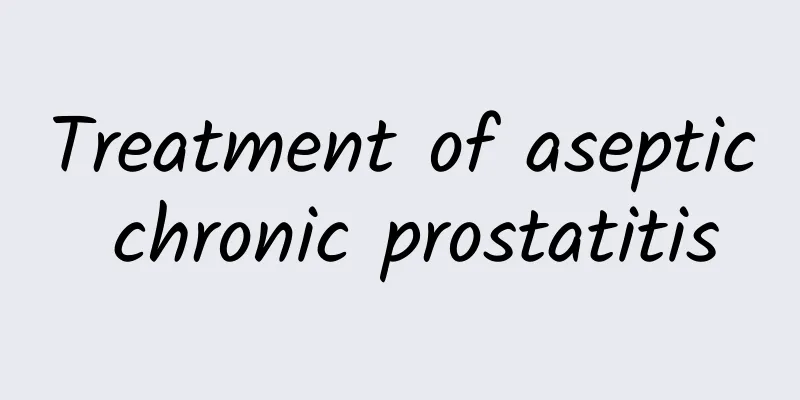
|
The course of aseptic chronic prostatitis is relatively long, so patients must have a certain degree of patience with their disease, cannot give up halfway, and cannot arbitrarily increase or decrease their medications at home. They must take medications according to the doctor's instructions and have a reasonable sexual life. So let us take a look at the treatments for aseptic chronic prostatitis. Although it is not bacteria that are to blame, "sterile" does not mean that there are no other pathogenic microorganisms. For example, parasites (such as Trichomonas), viruses, mycoplasma, chlamydia infection, etc. can also cause prostatitis. Frequent and repeated congestion of the prostate can also easily induce chronic sterile prostatitis: 1. A man who is used to regular sex life, if he cannot continue sexual intercourse because his wife is pregnant or sick, or if he has a strong sexual desire and frequent sexual impulses but cannot vent them, 2. If you don't have sex for a long time, the prostate secretes a lot of fluid, which will cause the prostate to expand excessively and become congested and filled with fluid. 3. Being influenced by excessive propaganda about men cherishing sperm or being worried about pregnancy, they often interrupt sexual intercourse and force themselves to not ejaculate; 4. Excessive sexual activity, frequent masturbation, or excessive indulgence in sexual issues; 5. Drinking a lot of alcohol and eating fishy, sour, spicy and other irritating foods. Chronic aseptic prostatitis includes both specific prostatitis and non-specific chronic aseptic prostatitis: 1. Specific prostatitis includes: chronic aseptic prostatitis 1. Prostatitis caused by gonorrhea, tuberculosis, syphilis, fungi and parasites (such as Trichomonas) 2. Prostatitis caused by virus, mycoplasma, or chlamydia infection; 3. Gnathoderma prostatitis; Chronic aseptic prostatitis 4. Prostate pain and prostate congestion, etc. 2. Non-specific prostatitis: Non-specific granulomatous prostatitis, sequelae of sexually transmitted diseases (non-gonococcal urethritis, etc.) Prostate function has not fully recovered after treatment ●Chronic aseptic prostatitis has the highest incidence rate, and about 80% of prostatitis patients belong to this type. ●The pathogenic microorganisms that currently have the highest incidence, are most difficult to treat, and take the longest to treat, and cause non-gonococcal urethritis, chronic aseptic prostatitis, and other urogenital infections and infertility are mycoplasma and chlamydia. The best way to kill them is to use a prostate suppository through the rectum combined with oral administration of the "Sukefu" series of drugs. In the article, we have learned about the treatment of aseptic chronic prostatitis. In fact, the incidence of this disease is still relatively high, and it is very difficult to treat. The treatment time also takes a long time, so patients should develop a reasonable lifestyle and not have excessive sex. |
<<: Physical therapy for chronic prostatitis
>>: How to treat aseptic chronic prostatitis?
Recommend
Early pregnancy care and precautions - leave it to your wife
If you have a wife who is preparing to have a bab...
What are the transmission routes of chancroid?
There is not only one way for chancroid to be tra...
Why is testicular pain
Testicular pain is more common in men because of ...
Male genital swells and cracks
The male genitals are an important organ for men ...
What are the methods for treating neurogenic premature ejaculation?
The development of today's society has caused...
Itching on the outside of male genitals
Male genitals refer to the male penis, and as the...
What is the cause of foreskin being too long?
I believe that many male friends are familiar wit...
Is there any difference between nocturnal emissions and spermatorrhea?
Spermia is particularly common in men. Spermia is...
Why do men have swollen eyelids and what should I do?
We all know that men are rough people, and someti...
Three types of people are most afraid of cold. Chinese medicine recommends dietary supplements
Even with thick winter clothes on, you still shiv...
What are the benefits of regular ear massage for men?
The ear is the ultimate hearing organ of our body...
How long does it take for a semen test to produce results?
Generally, the result will be available in about ...
What is mixed thyroid nodule? What are single and multiple nodules?
In recent years, the incidence of thyroid disease...
How to fry raw almonds to make them delicious? What are the functions and effects of almonds?
Almonds are a common nut in our lives. They are a...
What effect does a cold have on sperm?
People often catch colds in their daily lives. Fo...


